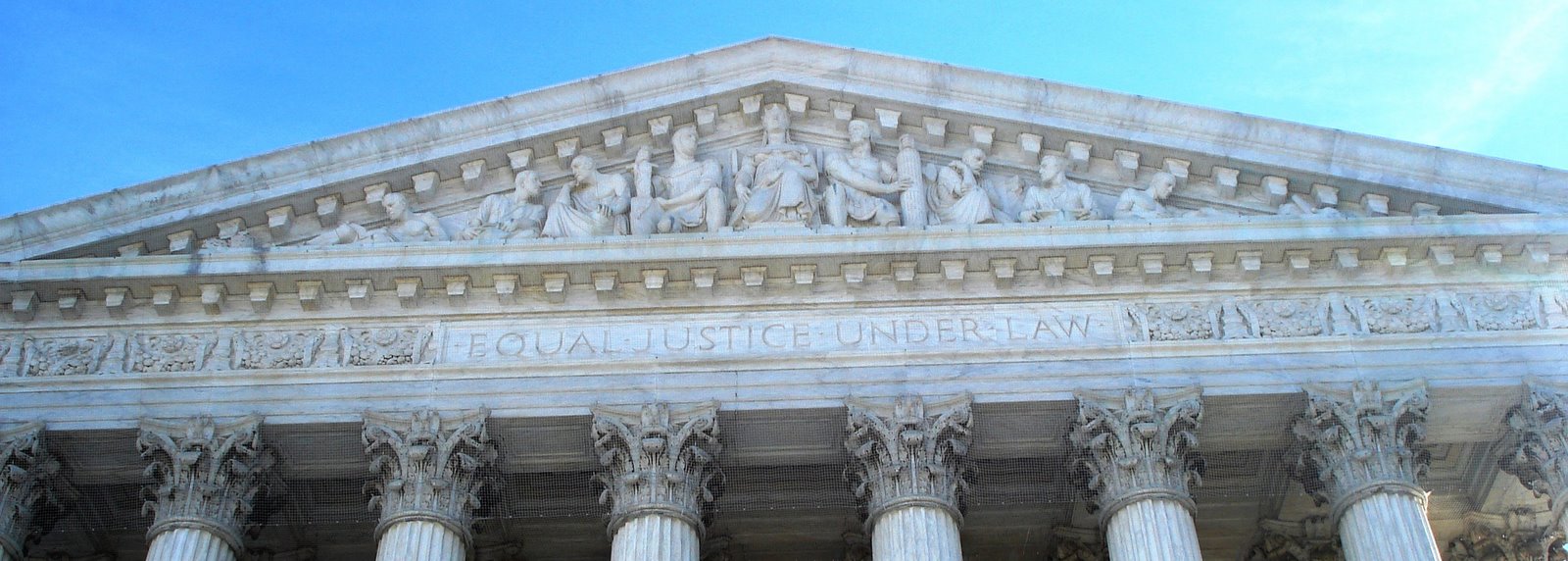Reflections of a preeminent economist, Dr. Gerardo Sicat, on PH growth and investments. In part III of this contribution, he explores the dual orientation of the country's economy.
The Philippine economy - Are there bright prospects ahead?
The Philippine Economy (Part II) - Foreign investments from Japan, South Korea, and other neighbors
The Philippine Economy - (Part III) - A historical peep into foreign direct investments policy and economic reality
"“Two distinct economies result.” The result was that two separate economies developed as far as the involvement of foreign direct investments was concerned.
"The dominant economy. The main economy that followed a restrictive, nationalistic development line with a lot of rules, regulations and restrictions became dominated by Filipino owned enterprises which received the industrial incentives. This large economy dominates the entire nation’s production and commercial landscape which is highly regulated and with a lot of problems to be fixed.
"This is the highly regulated economy that gets rated in international surveys of economic, social and even political indicators. It is the economy that often characterizes the country when compared to other countries. This economy is marked by high cost, inefficient business processes and has inadequate services marked by bottlenecks in infrastructure facilities. It is for these reasons internationally less competitive.
"To this day, this essence of this economic protection remains. The chambers of businesses owned by major Filipino groups – exemplified by the Philippine Chamber of Commerce and Industry and also including the more moderate Makati Business Club – benefited by this rule.
"Even though their rhetoric has changed from the extreme nationalistic lines of the past to more pro-open economy lines of the present, this is the main line that the ruling business class continues to espouse – the protection of the domestic economy for themselves. This is why it is difficult to reform economic policy and partly the reason for the country’s stymied industrial growth.
"The smaller but competitive economy. The other Philippine economy is the export-oriented enclave that grew out of the laws that promoted export processing zones. This sector was the escape route that enabled the country to become more outward looking, internationally competitive, and attractive to foreign capital.
"This economy is more competitive internationally. Enterprises are mostly located in the export processing zones and other special economic zones. The foreign enterprises manufacture for export. Their operations are still essentially separated from the rest of the domestic economy."
skip to main |
skip to sidebar



FILIPPIJNSE RECHTSHULP Philippine Legal Advice Information and Networking SOLUTIONS

PLAIN Solutions Advocate

- SUI GENERIS
- The Hague, Netherlands
- PB Payoyo LL.M., Ph.D. [Member, The Philippines-Netherlands Business Council, The Hague; Country Expert, Royal Tropical Institute, Intercultural Professionals (KIT IMC Bv), Amsterdam]